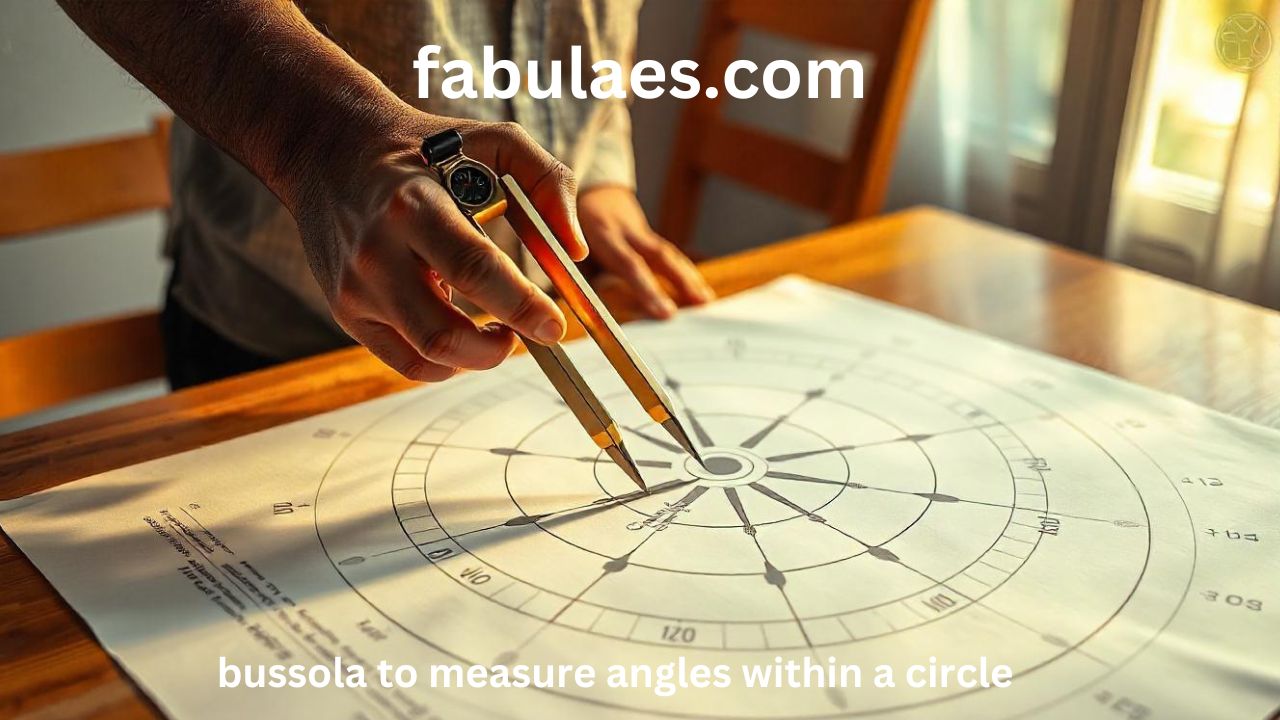MTB sunglasses and goggles should have high impact resistance to protect your eyes from debris kicked up by your bike. They should also have a comfortable fit that sits securely on your face and doesn’t dig into the sides of your head or create pressure points.
Look for glasses with a wide field of view and polarized lenses that increase contrast. Photochromic lenses are helpful for mountain biking, where you might ride in bright sunlight and dark shadows.
High-Contrast Lenses
Mountain biking requires you to see clearly and navigate through brush, rocks, trees, and bushes that could knock your head or block your view. That is why choosing a high-contrast lens is vital. This lens type will help you zero in on your landscape and prevent you from missing a crucial turn or getting turned around by shadows.
Photochromic lenses darken when exposed to sunlight and lighten back up when you’re back in the shade. They are great for changing light conditions and can save you the hassle of bringing an extra pair of sunglasses on your ride.
Other lens tints that work well with mountain biking include brown, yellow, and amber. These tints reduce glare, improve depth perception and contrast, boost color recognition, and minimize eye fatigue. Also, consider looking for a lens with an anti-fog treatment. It helps prevent the buildup of fog on the lens, which can affect your visibility and increase the risk of falling off your bike. It’s also essential to ensure that the lenses fit well with your helmet so they don’t dig into your forehead or create pressure points that cause discomfort while you ride.
Polarized Lenses
Mountain bikers must contend with errant branches, rocks, and sticks that may poke or scratch at their faces. They also face the threat of wind-blown dust that can water their eyes. The best mountain bike sunglasses have a broader lens that offers protection against these dangers and can help reduce glare that may hinder vision.
Polarized lenses offer a distinct advantage in mountain biking by blocking light waves reflected off snow, water, or other surfaces. It reduces glare and allows the rider to see more clearly.
For a versatile option, consider a pair of sunglasses with an adjustable nose piece and a range of easily swappable lenses that can adapt to changing lighting conditions. They’re also lightweight and helmet-compatible, which is vital for those who wear a full face mask on some rides. The MAG lenses provide excellent coverage and clarity on the trail, while ChromaPop technology amplifies terrain details and enhances colors. The no-slip temple pads ensure a secure and comfortable fit for these glasses. Moreover, the lenses are vented to eliminate any possibility of fogging.
Mirrored Lenses
A mirrored lens blocks light from reflecting off snow, water, and other surfaces and is excellent for bright sunny days. These lenses also work well in low-light conditions by enhancing contrast.
If you want a single lens that can adapt to varying light conditions, look for photochromic lenses that change tint based on the amount of sunlight they are exposed to. These are ideal for mountain biking, where you ride in shady and sunlit areas.
Other essential features include impact resistance, a snug fit, and durability. A tight, comfortable fit prevents the sunglasses from slipping during intense rides and offers protection against trail dirt and debris kicked up by your bicycle tires.
With the impact-resistant frames that wrap around the face and the ChromaPop lenses that enhance terrain details and colors for better clarity and depth perception, these glasses are the perfect combination of functionality and style. In addition, they offer the option of a photochromic clear-to-gray lens, making them versatile and suitable for varying lighting conditions. You can confidently wear these glasses wherever you go, and be sure that they will enhance your vision and protect your eyes.
Tinted Lenses
The tint of a lens is essential to consider when choosing sunglasses for mountain biking. A tint is a light filter that can enhance contrast, boost color, or improve sharpness.
Brown lenses are great for sunny days because they darken blue light waves and enhance green, resulting in high contrast and excellent clarity. They are also ideal for overcast days and provide superior color transmission.
For variable lighting conditions, you’ll want to consider a pair of glasses with photochromic lenses that transition from clear to gray. These lenses are ideal for MTB riders because they adjust to the changing lighting conditions of the trail while still providing UV protection.
Impact resistance is another critical feature when selecting a pair of MTB sunglasses. It ensures the glasses stay in place while riding and won’t break or fall off during a crash. Additionally, they need to fit securely on the face without touching helmet shells or straps. Lastly, the frames must be durable and have anti-fog treatments to avoid fogging.
Photochromic Lenses
Mountain bikers have a lot of things going on with their vision as they ride. Dirt, mud, sticks, and rocks are daily, and untrimmed trees and shrubbery can hit or catch on your wheels while riding over rough terrain.
High-contrast lenses expand your field of vision and help you see everything in front of you while riding. A clear or almost transparent lens will provide comfort in bright sunlight, while a tinted lens will darken your view and protect your eyes from UV rays.
Photochromic lenses are an excellent choice for cyclists, as they allow you to wear one pair of glasses that adapts to varying light conditions on the trail. When exposed to sunlight, these lenses will change tint but become clear or almost transparent once in the shade. It will save you time from having to switch your eyewear in and out before every trail ride. This feature is available in both prescription and non-prescription cycling sunglasses. However, they are not as fast-acting as polarized lenses regarding changing tint.











